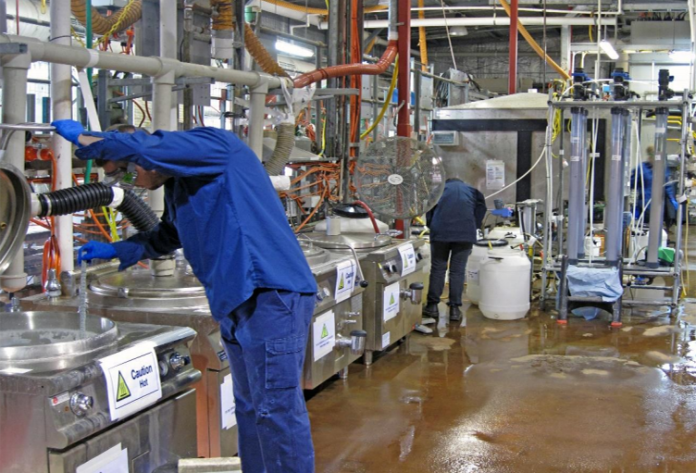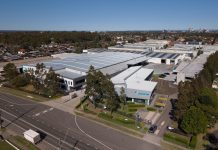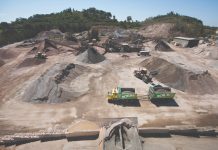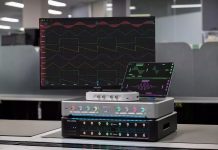
Lithium Australia (LIT) has announced that it has successfully generated lithium phosphate from waste materials using its 100% owned SiLeach process.
The company, which previously produced LFP batteries from unrefined, SiLeach generated lithium phosphate, said the lithium phosphate refining process was developed to ensure consistency of quality for the production of high performance LFP batteries.
The process for removing impurities from the lithium phosphate was developed in partnership with ANSTO. The collaboration has resulted in an exceptionally high-purity refined product, suitable for the manufacture of lithium ion batteries (LIBs), and in particular, those with lithium iron phosphate (LFP) chemistry.
Lithium Australia said the refined lithium phosphate was used to manufacture cathode powder and subsequently LFP coin cells which were then subjected to a standard testing regime and the results compared with industry benchmarks and VSPC’s most advanced cathode powders.
“The results indicate the refined lithium phosphate is an ideal component for the manufacture of high-performance LFP cathode powders,” it said in a statement.
Managing director Adrian Griffin said the company is confident that LFP products produced using lithium phosphate, refined with the processed developed by LIT/ANSTO will have significant advantages when compared with those produced using a more conventional lithium carbonate, or lithium hydroxide precursor.
“The lithium phosphate refining process is cheap, effective and provides the means to produce high-purity materials with consistent quality. These properties are of paramount importance as we work with leading Chinese battery producer, DLG, to commercialize VSPC cathode powder,” Mr Griffin noted.
“When compared with other lithium chemicals, high-purity lithium phosphate is a winner when it comes to producing LFP batteries, providing two of the fundamental components for the generation of the cathode while simultaneously eliminating the requirement for lithium carbonate or lithium hydroxide. This is a real winner.”


















